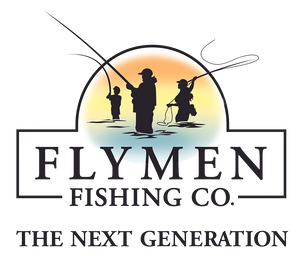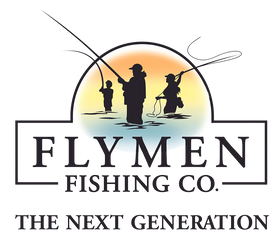Flymen Blog
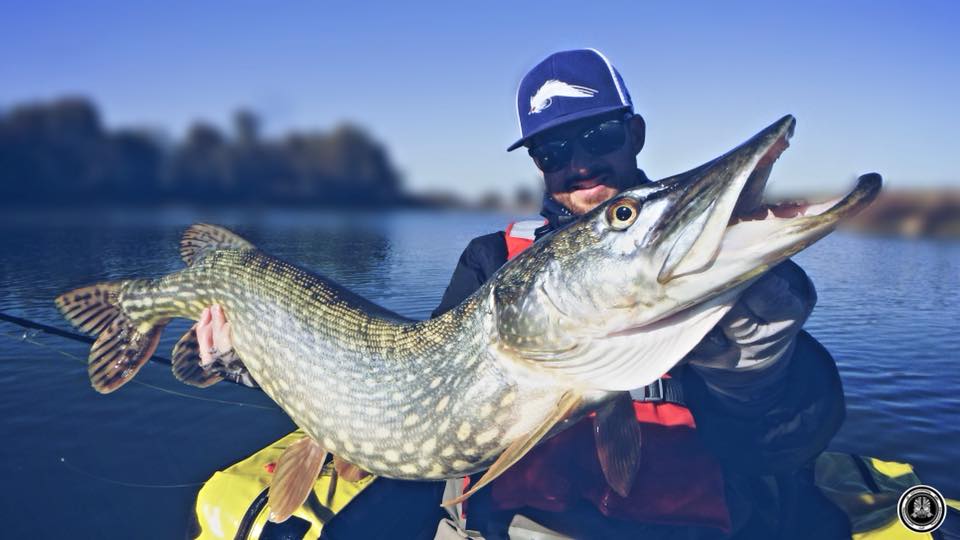
Autumn is one of the best seasons for pike fishing.
Catching them in rivers is very exciting as well as an extreme fishing experience. Not only do you have to fight against these river wolves, but also against the wild environment.
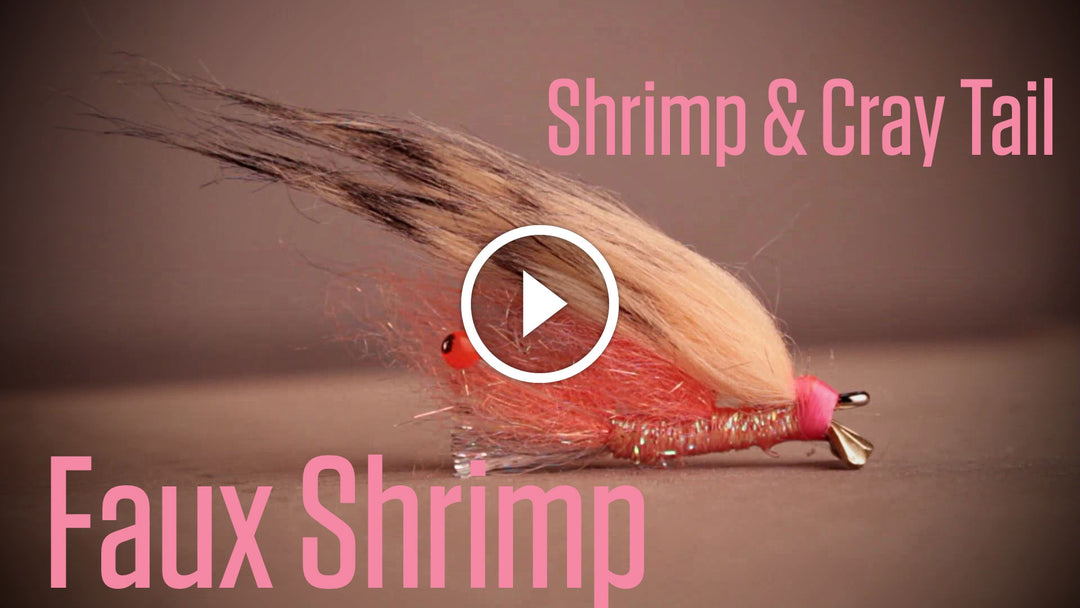
Learn to tie this next-generation shrimp fly pattern
Best fished on either floating or intermediate lines targeting redfish, bonefish, snook, permit, and the occasional tarpon, the Shrimp & Cray Tail Faux Shrimp leans more toward medium water as it gets deep fast thanks to the Fish-Skull Shrimp & Cray Tail. When sight fishing, lead the fish and once the fish turns, make short strips until you come tight.
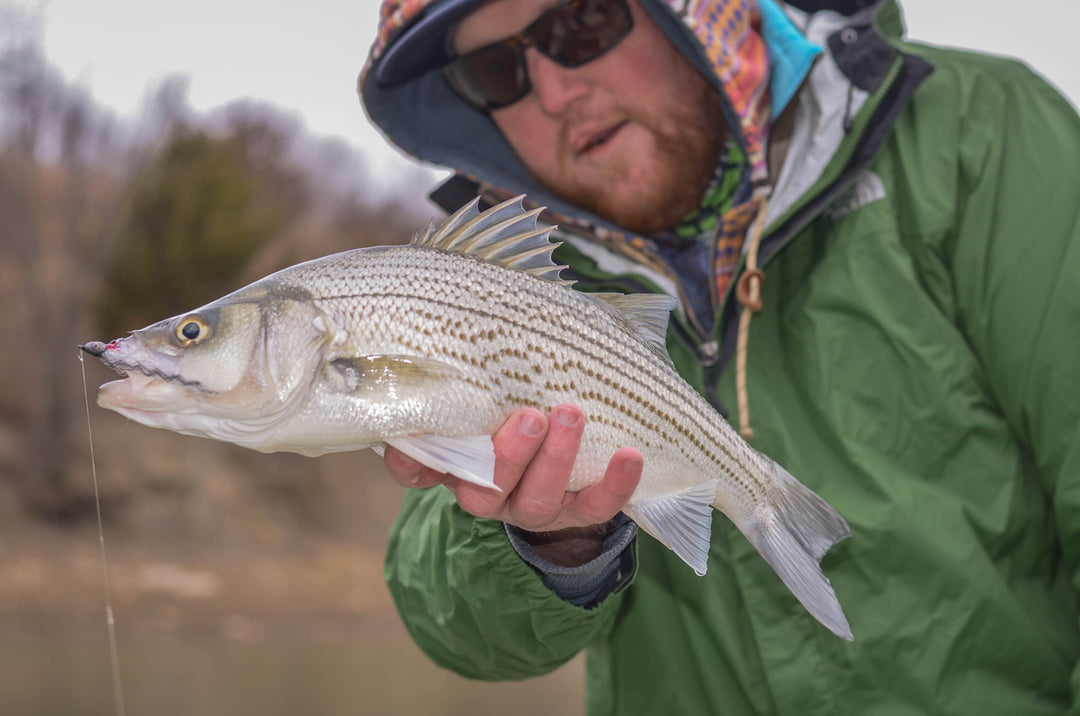
Over the last few years I've spent the majority of my fishing time chasing whites, hybrids, and the occasional striper around the Midwest.
While the Clouser Minnow is the staple fly for most temperate bass, sometimes you've got to shake things up a bit. The Clouser would be the equivalent of a Hare’s Ear nymph in the trout world; you can almost always get fish to eat it, but it may not be the most productive at that given time. Consider it like Sex Panther Cologne: “60% of the time it works every time." With that being said, I would never go on a white/hybrid bass fishing trip without a box of Clousers.
Fly tyers before us had to work hard to get the most out of their feathers and hair, but with new fly tying materials readily available in today's market we have the ability to alter the action and profile of the fly relatively easily.
Here are some things to consider to shake it up and get a more diversified bass fly box.

As fly anglers, we find ourselves constantly pushing the limits of innovative techniques.
One such method, two-handed casting (better known as spey casting), has exploded in popularity in the last five years, though some would say ten years or so. For those who don’t know, spey casting is generally done to target anadromous fish with a much less-tiring casting stroke, capable of handling larger flies and sinking tips with relative ease.
